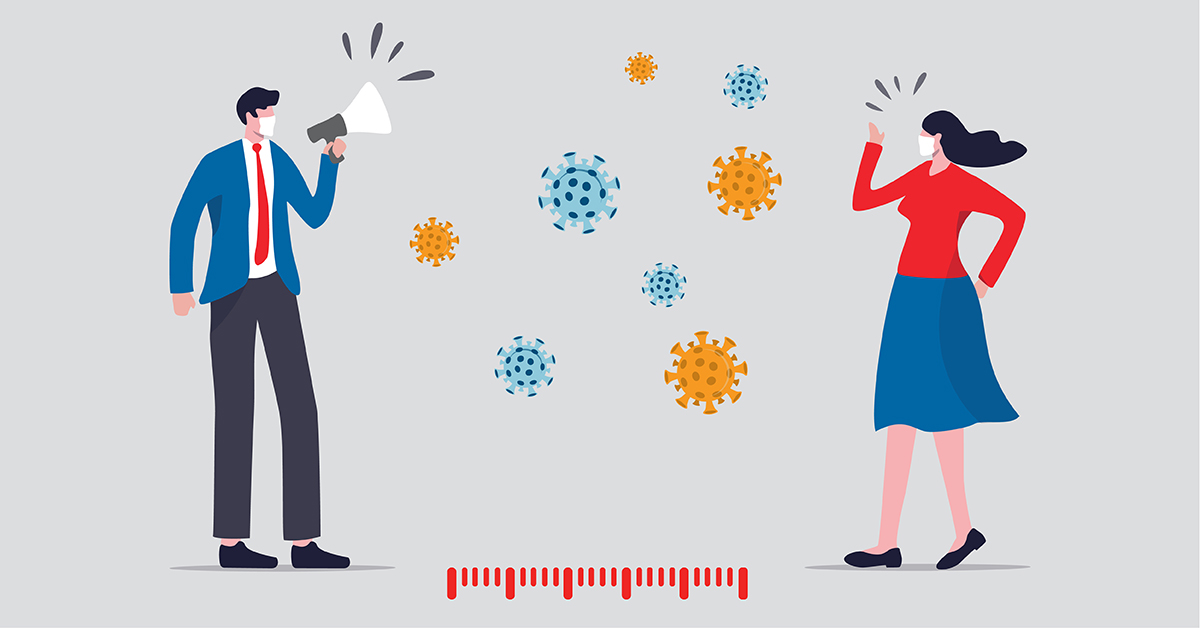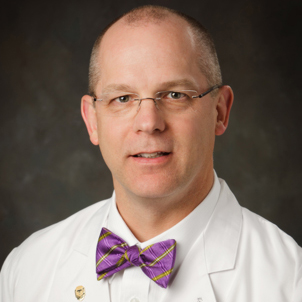
Seemingly overnight, a kernel of wisdom to prevent the spread of the dreaded coronavirus became one of the most widely used phrases in American dialogue: “social distancing.”
The coronavirus, or COVID-19, spreads at an alarming rate through person-to-person interaction due to a lack of pre-existing immunity worldwide, according to the Centers for Disease Control and Prevention (CDC).
The CDC’s prevention tactics—which many have memorized by now—include consistently washing your hands, not touching your face, disinfecting surfaces and avoiding those around you—hence the new term, “social distancing.”
For those confused by the new vocabulary, the CDC has helpful information about each sphere of our lives—including work, school and within nursing homes. The White House also released some guidelines of their own, which involves limiting social gatherings to no more than 10 people. Additionally, Ron Cook, D.O., professor in the School of Medicine and public health authority for the City of Lubbock Health Department, explained social distancing in an educational video made for Texas Tech University Health Science Center’s Facebook page. There are so many things we still do not know about COVID-19, but these resources provide a few answers regarding social distancing.
Community Spread
In West Texas, there have already been cases of community spread. In his insightful video, Cook defines “community spread,” as an individual catching COVID-19 neither from travel, nor from someone else who traveled.
“Community spread means somehow somebody was already sick, and may or may not have known that,” Cook explains. “Then you had a close enough proximity to that viral cloud that somebody coughed out or sneezed out, and you picked up COVID virus from the community—from somebody in the community—and didn’t even know it.”
Defining “Distance”
According to the CDC, “the virus is thought to spread mainly from person-to-person,”
which they define as close contact, or approximately six feet.

Cook clarifies why through an example, envisioning standing next to someone who sneezes. “This huge spray comes from their mouth—at some say 200 miles an hour—and that cloud of infectious particles… if you’re within that six-feet range, you could become infected with it.”
Per the CDC’s suggestion, it is best to keep away from older loved ones who are currently living in a nursing home or assisted living facilities. Essential visits, like providing food or other resources, might be an exception, but the goal is to keep new germs far away from them at this time.
The New Normal
Most people come into contact with others more than they realize. We chat across dinner
tables, practice our respective faiths, host dinner parties and go to the gym. Are
we really expected to stop doing all of these things?
The simple answer is, not necessarily—but the way those activities function has to change. Even in self-isolation, human interaction is important for mental health. However, in order to keep ourselves and our loved ones safe, we have to temporarily cease as many of our usual person-to-person interactions as possible.
Across America there has been a rapid shift to working from home, which can be a difficult adjustment.
“Just like you do at work, get up and take breaks,” encourages Cook. “Set your timer for 45 or 50 minutes—that’s about as long as you need to sit still.” Cook recommends 10 to 15 minute breaks, wherein you can walk around the block, get some sunshine, or play with your children.
For those who do not have this work-from-home option, the CDC points out that social distancing can include increasing the physical space between yourself and your colleagues, staggering schedules, and limiting meetings or other work-related gatherings.
Non-essential travel is ill-advised until further notice. Ultimately, the goal of the government-issued guideline is to keep to ourselves as much as possible, in hopes of minimizing this rapid spread.
Safe Spaces
As the White House guidance suggests, it’s best to keep social groups as small and
infrequent as possible.
To exercise caution, West Texas counties have temporarily shut down dine-in areas of restaurants. Choose takeout or delivery options, instead, and wash your hands before your meal. Already, many churches are creating online sermons, and looking to new, virtual methods of religious practice. As for your planned dinner party of 10—this cannot be closed by the government, but the CDC suggests opting out. Since stopping the spread is the main objective across the country, it would be wise to postpone, or try a Facetime-meal with your friends.
There are necessary supplies for which you will have to venture out. Cook says, that’s okay—as long as you maintain that six-foot radius with other people.
“I would limit the time that you’re out in those community settings. I know we have to go to the grocery store,” says Cook, “... but you’ve got to maintain that social distancing.”
There’s nothing like the great outdoors, and this applies even in times of self-isolation. While a group picnic or contact sport is out of the question, taking a walk or doing some gardening can be good for your physical and mental health.
“Make sure you go outside and take a break,” Cook says reassuringly. “Get up and go outside; it’s beautiful weather right now, here in Lubbock.”
Projected Timeline
Even our experts cannot accurately measure how long this is going to affect society
in the United States and globally, but the importance of social distancing is to slow
the spread of the virus.
“One person can infect many people… and it just spreads so fast,” says Cook, who makes clear that COVID-19 is more than twice as infectious as the flu—risking the capabilities of our hospital system.
“If I get sick, I want to know that I have healthy people taking care of me. I want to know that I have a hospital bed. I want to know that if I need a ventilator, there’s one available. And the way we do that is social distancing.”
